Sir, the Academy of Journalism and Communication is a trusted address for training human resources for the Vietnamese press. Could you please tell us about the outstanding contributions of the Academy in the process of formation and development of the school?
During more than 60 years of establishment and development, the Academy of Journalism and Communication has continuously affirmed its role as the cradle of training high-quality human resources for the journalism, media and ideological and theoretical work of the country. One of the most outstanding contributions of the Academy is the training of nearly 100,000 journalists, propaganda officers, political theory lecturers... Many of them are currently holding key positions in press, media and Party and State agencies across the country. This is a team that is not only solid in expertise, but also has political courage, professional ethics and a spirit of dedication.
 |
| Lecturers and students of the Academy of Journalism and Communication practice in the Academy's studio. Photo: HC |
In parallel with training, the Academy is also a leading center for research in political theory, journalism and communication. Many research projects and teaching materials of the Academy have made important contributions to policy making, orienting public opinion, and developing theoretical thinking in the new situation.
In addition, the Academy is always a pioneer in innovating content and teaching methods, applying modern communication technology, expanding international cooperation, contributing to bringing journalism and communication training activities in Vietnam closer to international standards, while still maintaining its identity and correct ideological orientation.
To adapt to social changes, what important milestones has journalism training had, sir?
Journalism training in Vietnam in general and at the Academy of Journalism and Communication in particular has been constantly developing to adapt to the profound changes of society and global media. It can be said that journalism training in our country has gone through a number of important milestones:
Firstly, in the early stages after the August Revolution and during the resistance war, the press was mainly a tool for revolutionary propaganda, so training journalists during that period was closely linked to fostering ideals, patriotism, and journalism skills to serve the resistance war.
Second, since the establishment of the Central Propaganda School, now the Academy of Journalism and Communication, in 1962, journalism training has been organized more systematically, becoming a training field with a team of lecturers trained domestically and internationally. This is the period that laid the foundation for an academic journalism training system in Vietnam.
Third, the period of renovation (from the late 1980s) was a major turning point. Vietnamese newspapers began to expand in types, reflecting diverse life, and at the same time facing increasing competition. Journalism training has also changed since then: improving professional skills, updating media technology, and paying more attention to practical factors.
And now, in the context of the Fourth Industrial Revolution and the strong development of digital media, journalism training has entered a phase of comprehensive digital transformation. We not only train reporters to know how to write and shoot, but also to know how to integrate multimedia, master digital platforms, understand data and algorithms, while maintaining professional ethics and critical thinking.
Each stage sets new requirements and is also the driving force for the Academy of Journalism and Communication to always renew itself, always be ahead in the career of training modern, professional, humane and integrated revolutionary journalism.
More than 20 years ago, before the wave of electronic newspapers, online newspaper classes were born. Up to now, before the requirements of digital transformation, each reporter and editor will have to take on many types of journalism. From those urgent requirements, how has the Academy of Journalism and Communication innovated in training?
The development of online newspapers more than two decades ago created the first shift in thinking about journalism training. But now, facing the requirement of comprehensive digital transformation, not only for the press but also for the entire social system, journalist training must also enter a period of deep and continuous innovation.
The Academy of Journalism and Communication has clearly identified: Reporters and editors today cannot only master one type of journalism. They need to become "integrated journalists" who can work in many formats, exploit technology, use digital platforms proficiently and have data thinking. That is why we have implemented a series of innovations in training, which can be summarized in three main aspects: First, innovation in training programs.
The Academy has reviewed and updated its curriculum to integrate technology, multimedia and digital thinking into each subject. Many new courses such as digital content production, data journalism, digital media, artificial intelligence in journalism, etc. have been introduced.
Next, the Academy innovated its training methods and models. The Academy increased project-based learning and practice according to the converged newsroom model, combining theory with practical skills. Students experienced the integrated journalism production process from writing, editing, recording, livestreaming to distributing content on digital platforms.
The Academy strengthens cooperation with press agencies, technology enterprises and international organizations to update new technologies, new trends and create conditions for students to access professional practices right from school.
It can be said that our goal is not only to train journalists who can "keep up" with the times, but also those who can "lead" changes in the field of digital media. That is the spirit that runs through all training innovations of the Academy of Journalism and Communication over the past time.
Faced with the reality of streamlining the apparatus, including journalists, how will journalism training have to adapt in the coming time, sir?
In recent years, streamlining and streamlining the apparatus, especially in the field of press and media, has been an inevitable trend to improve operational efficiency, avoid overlap and adapt to rapid changes in technology and public behavior.
Faced with this reality, the Academy of Journalism and Communication determined that: Journalism training in the coming time cannot follow the mindset of "mass training", but must shift to in-depth, flexible training and meet practical needs.
There are three major directions that we are implementing: First, focusing on training a team of journalists who not only have good professional skills, but also have strategic thinking, the ability to adapt quickly, do many things, use technology well, and especially have the ability to create multi-platform content.
Second, expanding interdisciplinary training, integrating journalism, technology, media, and digital economy , helps learners work in many types of organizations, from traditional press agencies to media businesses, digital content platforms, or creative startups in the media field.
Third, increase short-term training and retraining for current staff, helping them adapt to new requirements of converged newsrooms, digital transformation, and lean media organization models.
We believe that journalism training in the coming period is not simply "training for employment" but training for adaptability and the ability to develop sustainably in a volatile media environment.
On the occasion of the 100th anniversary of Vietnam Revolutionary Press Day, what message do you want to send to students and new students about to enter the journalism profession?
On the occasion of the 100th anniversary of Vietnam Revolutionary Press Day, a sacred and proud historical milestone, I would like to send a few heartfelt words to all students, especially new students preparing to enter the Academy of Journalism and Communication.
You are choosing journalism - a profession that is not easy. Journalism is not just a job, it is a mission. The mission is to speak the truth, spread what is right, protect the interests of the community and contribute to building a better society. It is a profession that requires courage, dedication, intelligence and ethics, but it is also a profession that brings many profound human values. The new century of journalism is opening before your eyes, with technology, data, artificial intelligence... but the core is still human.
I hope you will never stop learning, always maintain integrity, love for the profession, and a desire for innovation. Be brave to step out into society, listen to the breath of life, and use your pen to reflect, criticize, and serve. The Academy of Journalism and Communication will accompany you, not only as a place to teach the profession, but also as a place to inspire ideals, train your mettle, and nurture your love for true journalism. I wish you all steadfastness on your journey - the journey of journalists for the people, for a prosperous, democratic, fair, and civilized Vietnam.
Thank you very much!
Source: https://huengaynay.vn/chinh-tri-xa-hoi/theo-dong-thoi-su/dao-tao-bao-chi-thich-ung-voi-doi-moi-cua-thoi-dai-154891.html



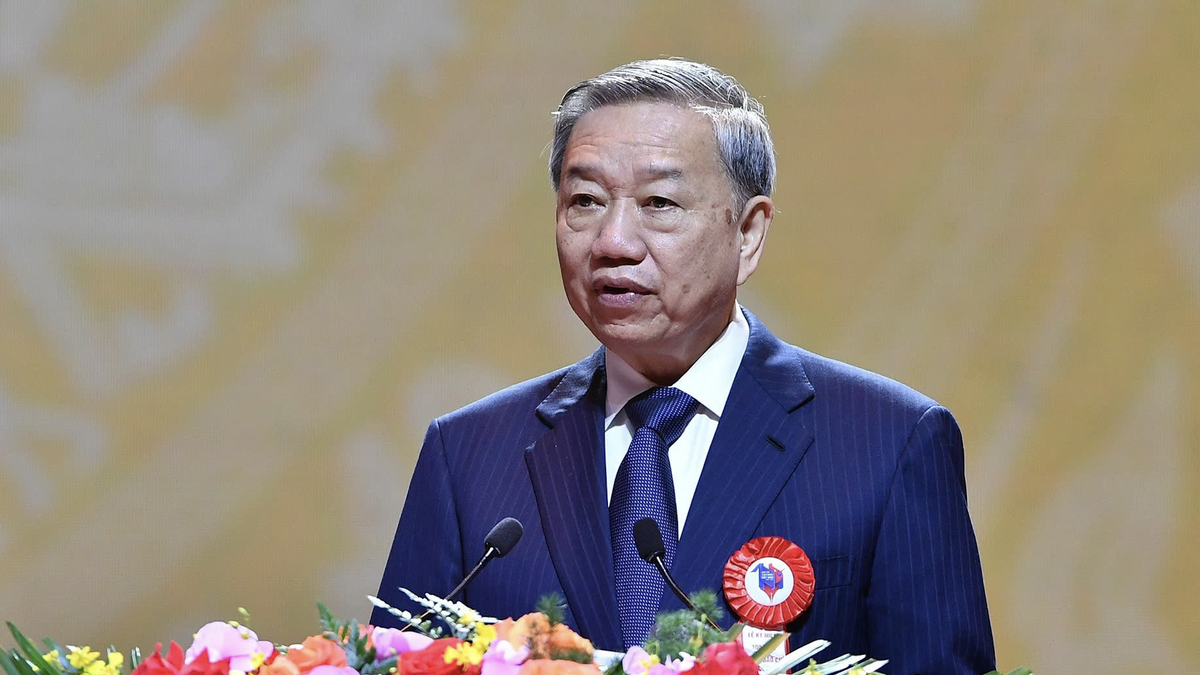




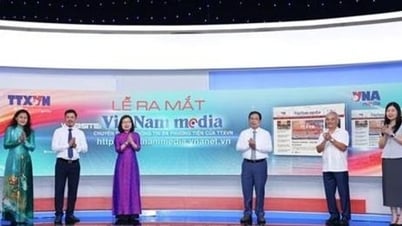

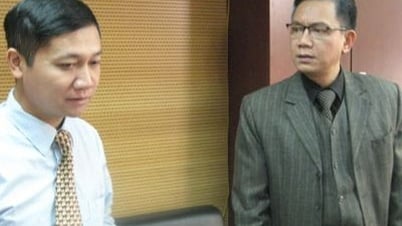

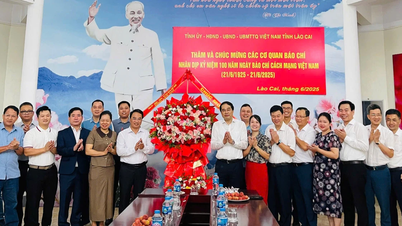

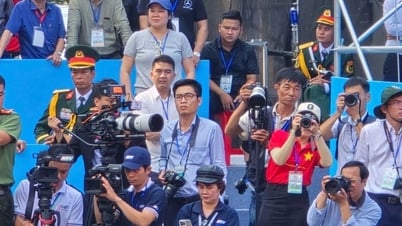

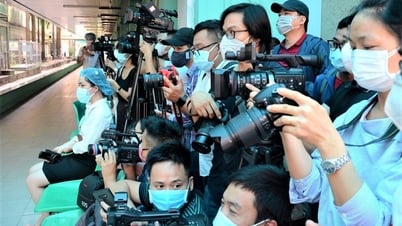

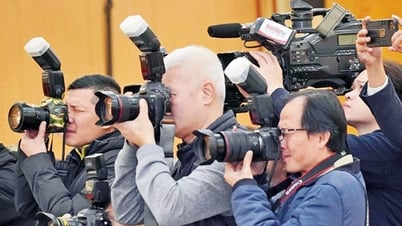

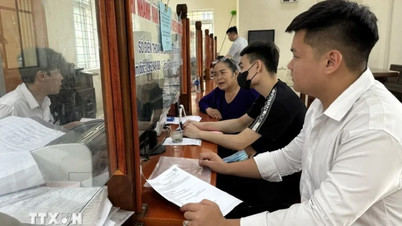

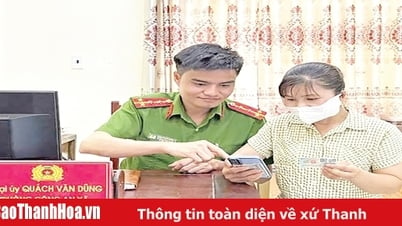



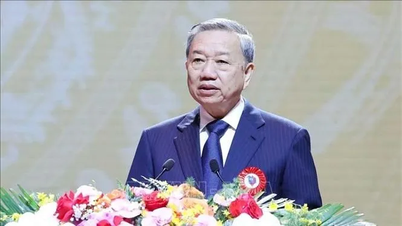

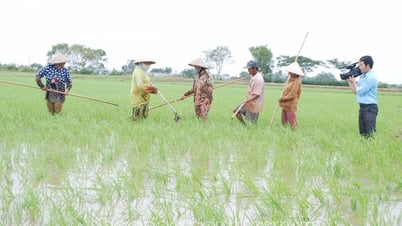

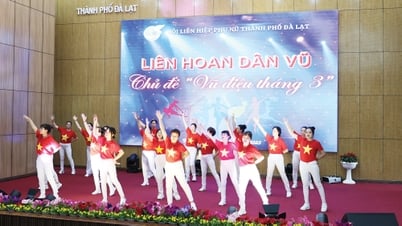







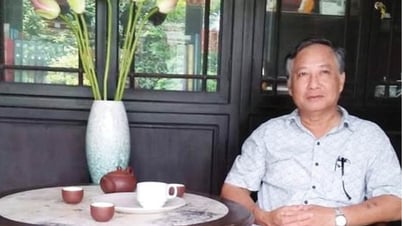
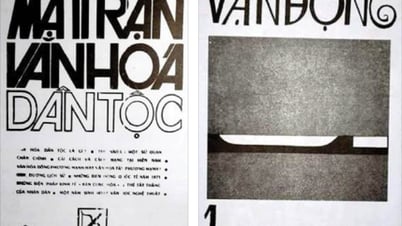

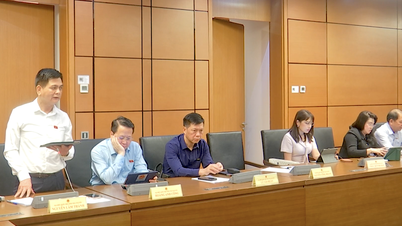
![[Photo] Central Propaganda and Mass Mobilization Department meets with exemplary journalists](https://vphoto.vietnam.vn/thumb/1200x675/vietnam/resource/IMAGE/2025/6/21/9509840458074c03a5831541450d39f8)



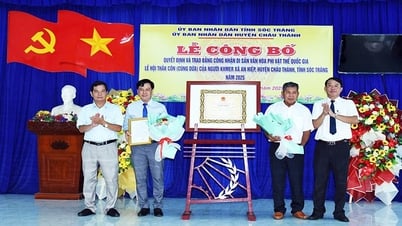








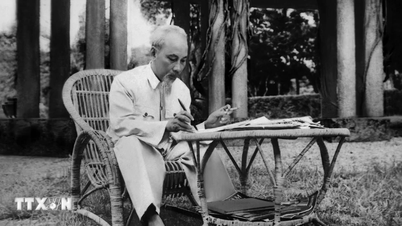










![[Maritime News] Wan Hai Lines invests $150 million to buy 48,000 containers](https://vphoto.vietnam.vn/thumb/402x226/vietnam/resource/IMAGE/2025/6/20/c945a62aff624b4bb5c25e67e9bcc1cb)

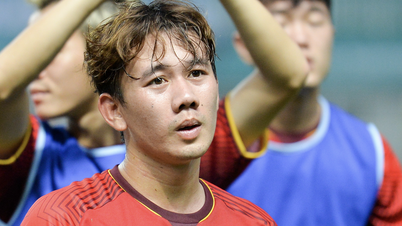
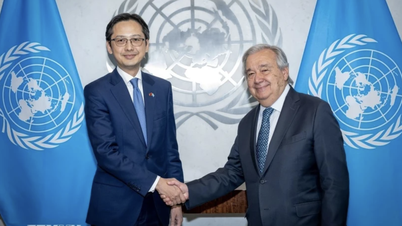
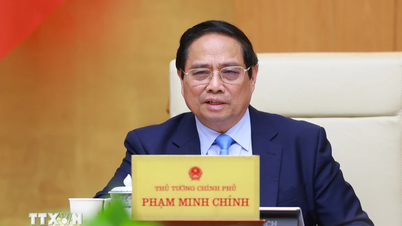










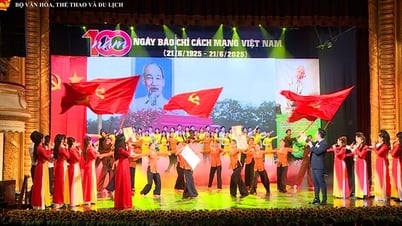



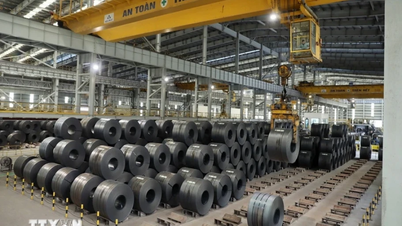
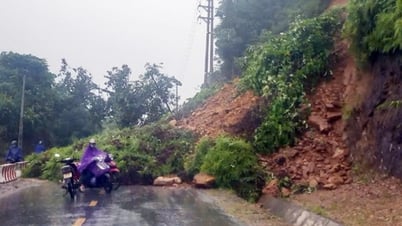

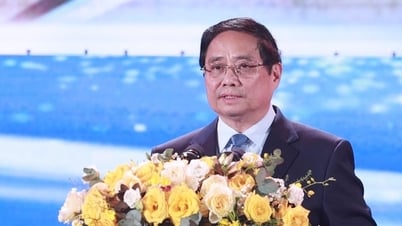








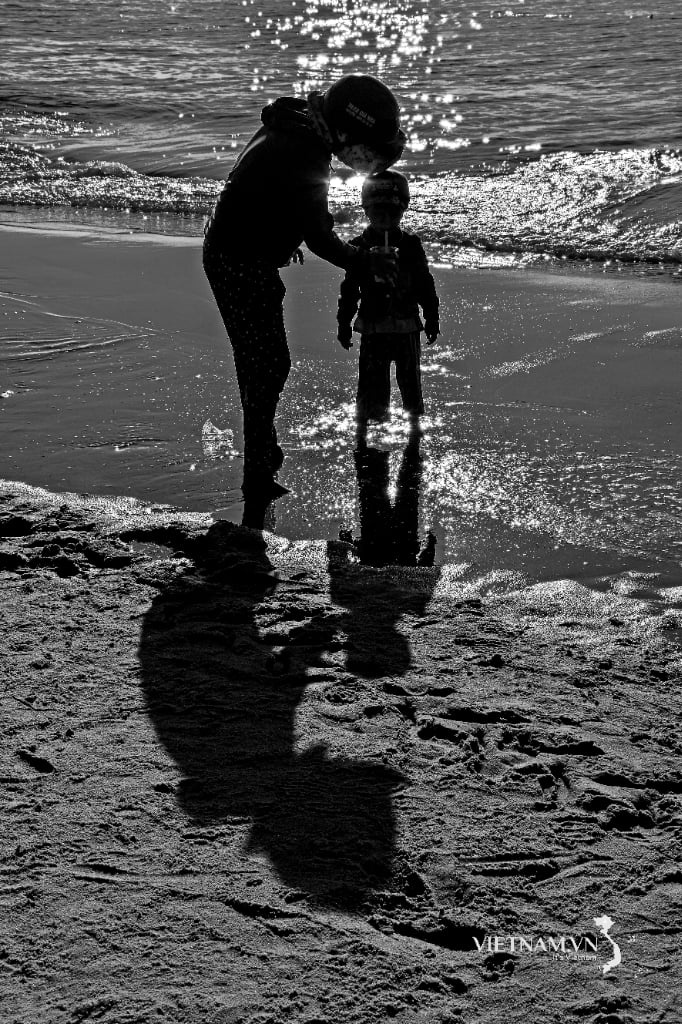
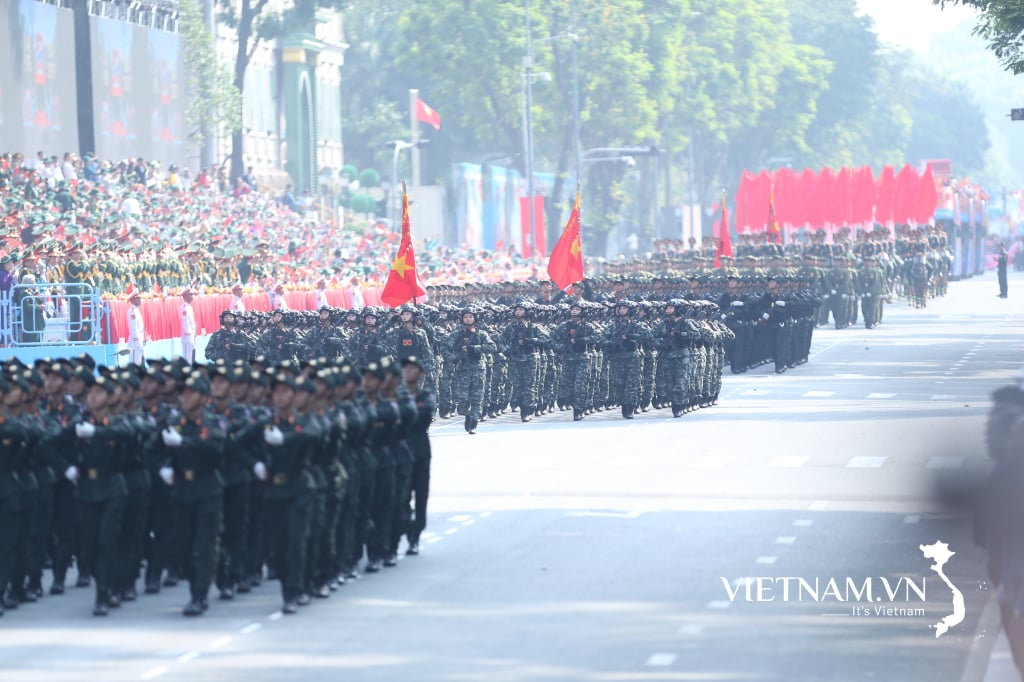
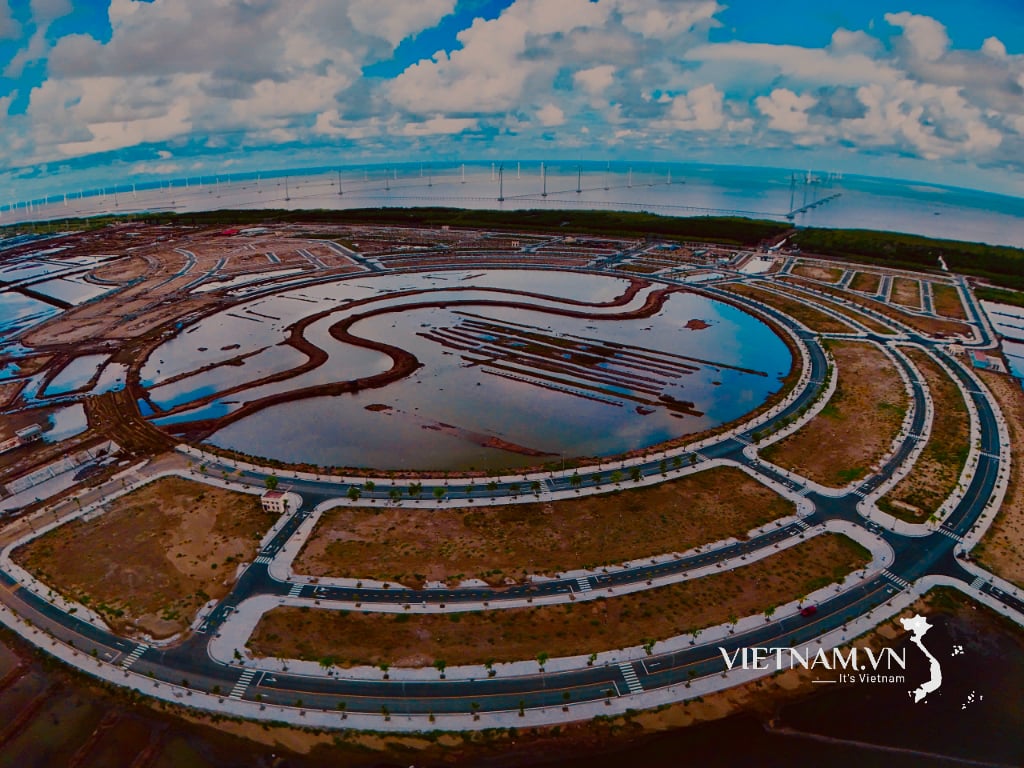

Comment (0)